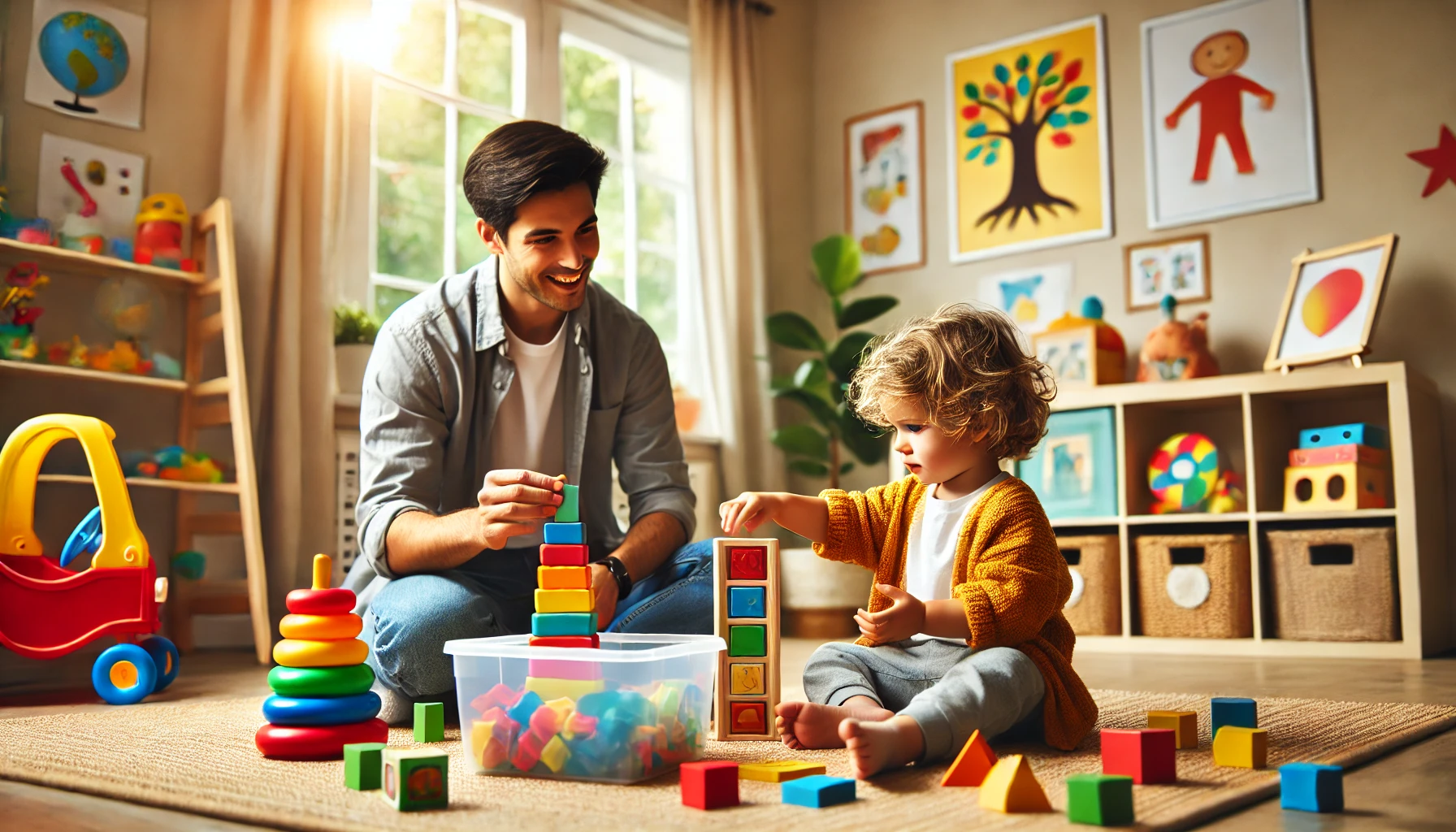Raising a child is a beautiful journey filled with discovery, and parents play a crucial role in their child’s development. While formal education is important, learning at home is just as essential, especially in the early years. From cognitive skills to emotional intelligence, there are countless ways to stimulate a child’s growth through simple activities and a nurturing environment.
In this guide, we’ll explore practical and engaging ways to help your child thrive at home.
The Importance of Early Childhood Development
The first years of life are a critical period for brain development. Research shows that 90% of a child’s brain develops by the age of five. Stimulating activities at home can:
- Improve cognitive abilities
- Enhance motor skills
- Boost language and communication skills
- Foster emotional intelligence
- Strengthen problem-solving abilities
By creating a stimulating environment, you help lay a strong foundation for lifelong learning.
Setting Up a Learning-Friendly Environment at Home
A well-organized space can encourage exploration and creativity. Here are some tips to set up a learning-friendly home environment:
- Create a designated learning area: A small corner with books, art supplies, and puzzles can be enough.
- Use everyday objects for learning: Measuring cups, kitchen utensils, and fabric scraps can turn into educational tools.
- Ensure a safe space: Make sure the learning area is free from hazards, so your child can explore freely.
- Encourage independent play: Allow your child to engage in self-directed activities to build confidence.
Activities to Stimulate Cognitive Development
1. Reading Together
Reading is one of the best ways to develop language skills and imagination. Choose colorful picture books and read aloud daily. Encourage your child to describe images, predict what will happen next, and even create their own stories.
2. Sensory Play
Hands-on activities help children explore their senses. Some ideas include:
- Playing with water, sand, or rice
- Exploring different textures with playdough
- Creating a sensory bin with beans, beads, or soft fabrics
3. Problem-Solving Games
Puzzles, shape sorters, and simple board games enhance critical thinking and logic skills. You can also hide objects around the house and give your child clues to find them.
4. Counting and Sorting Activities
Introduce math concepts through fun activities like:
- Sorting toys by color or shape
- Counting objects during daily routines (e.g., “Let’s count how many apples we have!”)
- Playing with building blocks to understand patterns and sizes
Physical Activities for Motor Skill Development
Children learn through movement. Encouraging physical activities can improve both gross and fine motor skills.
1. Indoor Obstacle Course
Use pillows, chairs, and tunnels to create a fun obstacle course. This helps with balance, coordination, and problem-solving.
2. Drawing and Coloring
Provide crayons, markers, and finger paints to develop hand-eye coordination and creativity.
3. Playing with Clay or Playdough
Molding and shaping objects strengthen fine motor skills and allow for creative expression.
4. Dancing and Music
Play different types of music and encourage your child to move to the beat. Singing along to songs can also help with language development.
Emotional and Social Development at Home
1. Role-Playing and Pretend Play
Imaginative play helps children understand emotions and social interactions. Give them costumes, toy kitchens, or stuffed animals to role-play different scenarios.
2. Teaching Empathy Through Stories
Read books that highlight emotions and discuss how characters feel in different situations. Ask, “How do you think they feel? What would you do?”
3. Encouraging Expressive Communication
Create a “feelings board” where your child can place a happy, sad, or excited face to express their mood. This helps them articulate emotions.
4. Practicing Sharing and Taking Turns
Use board games or group activities to teach patience and cooperation. Praise your child when they wait their turn or share with others.
